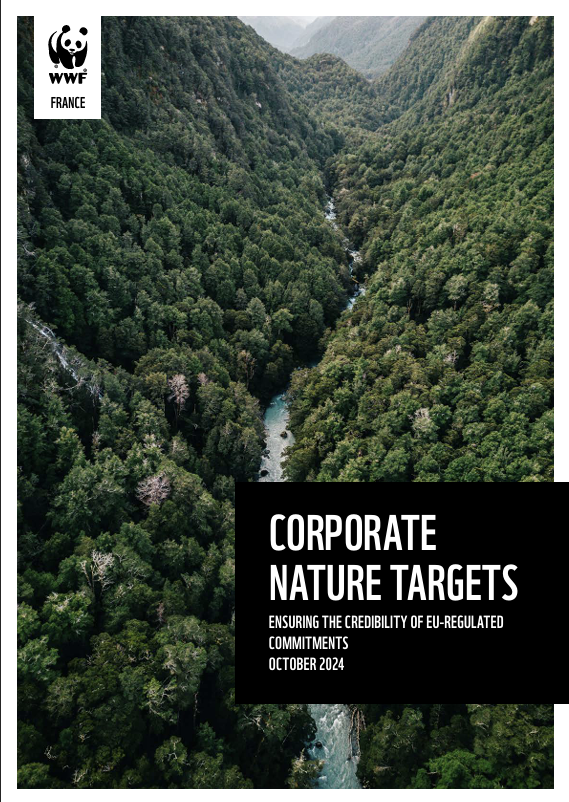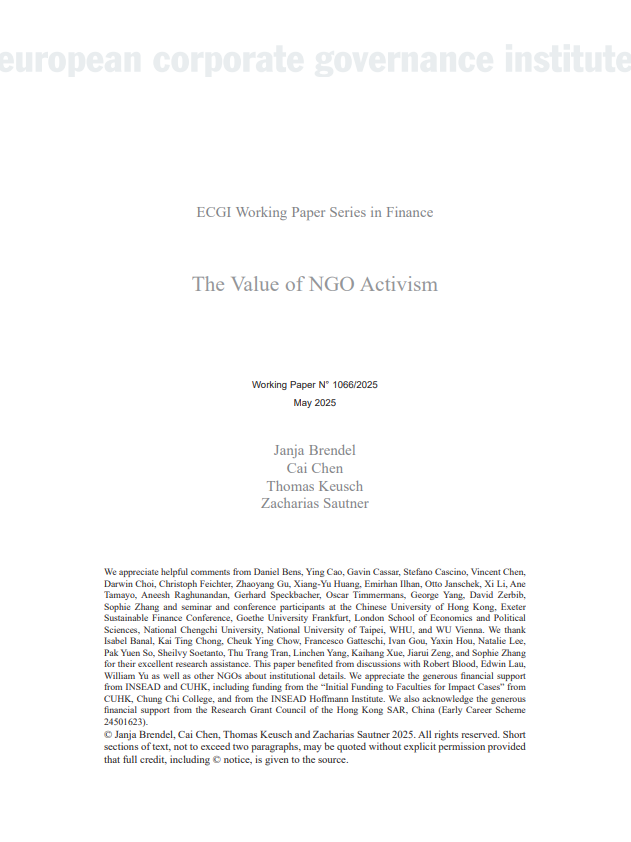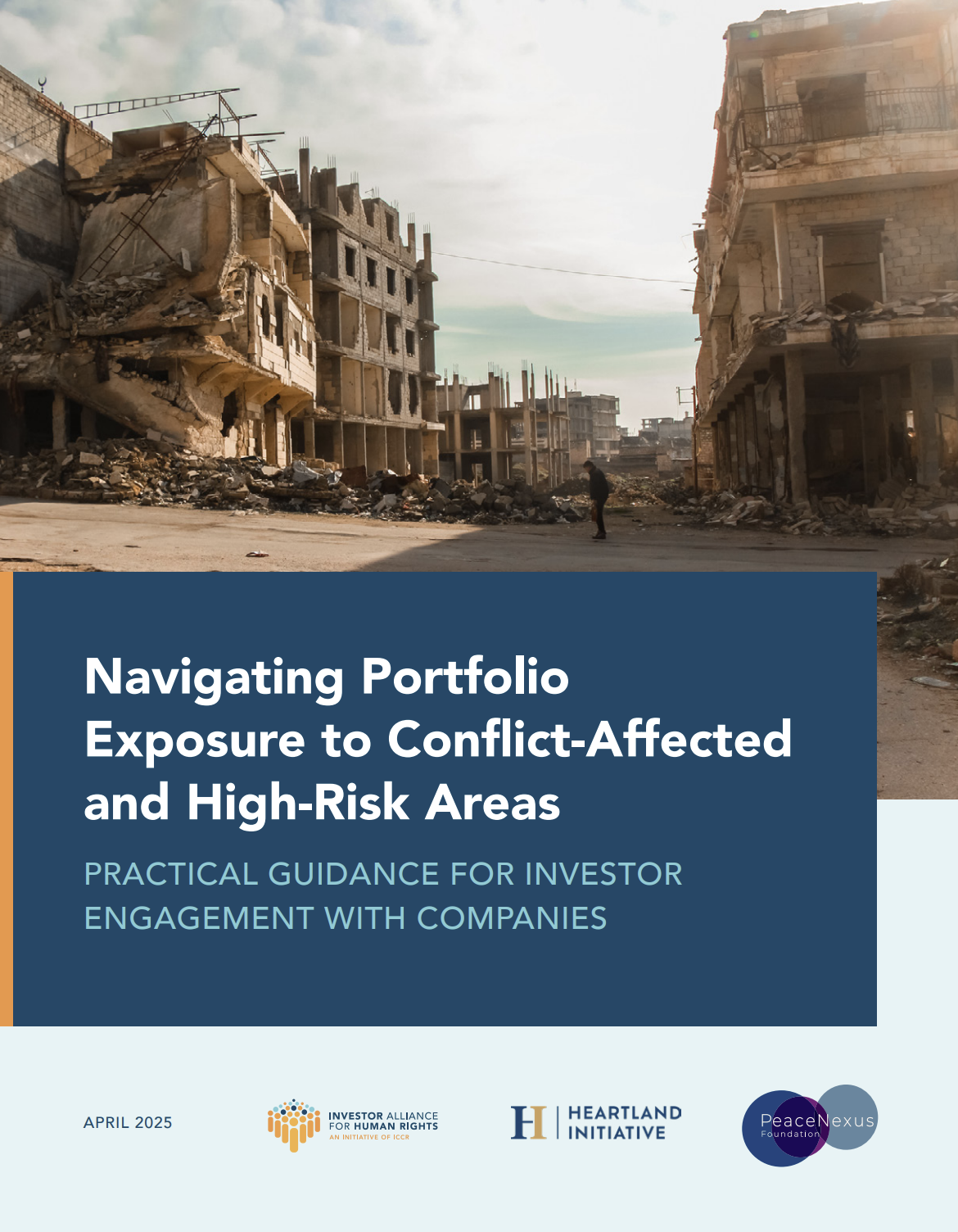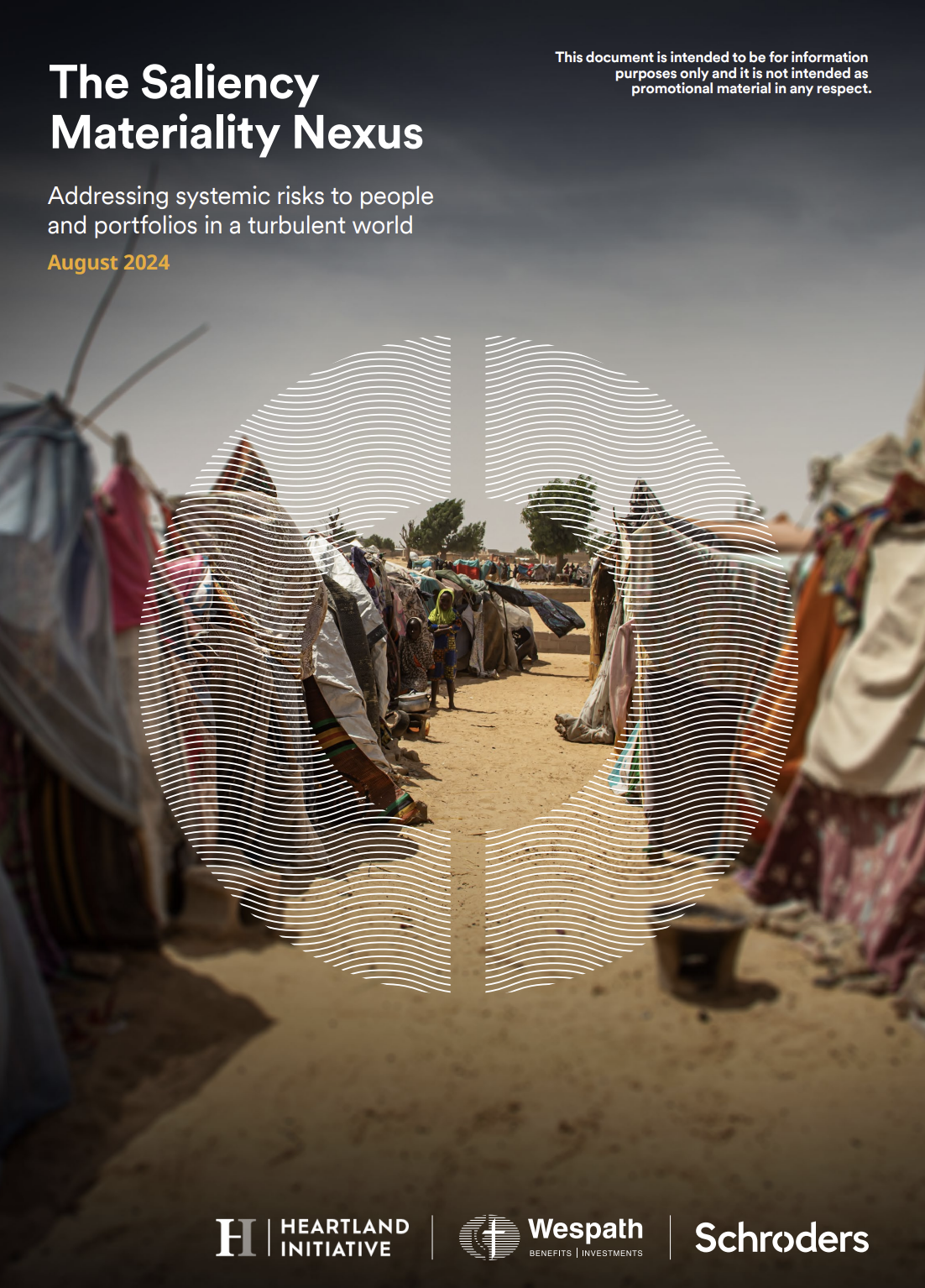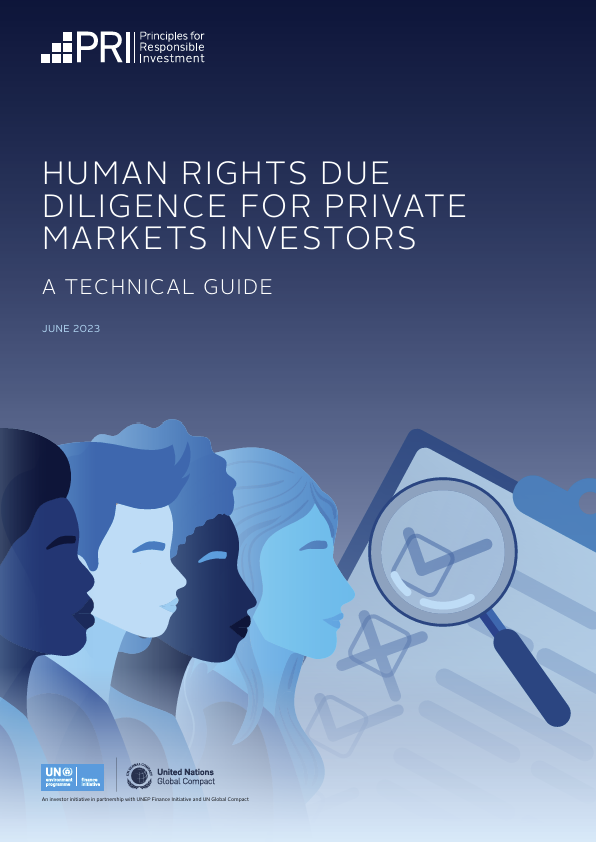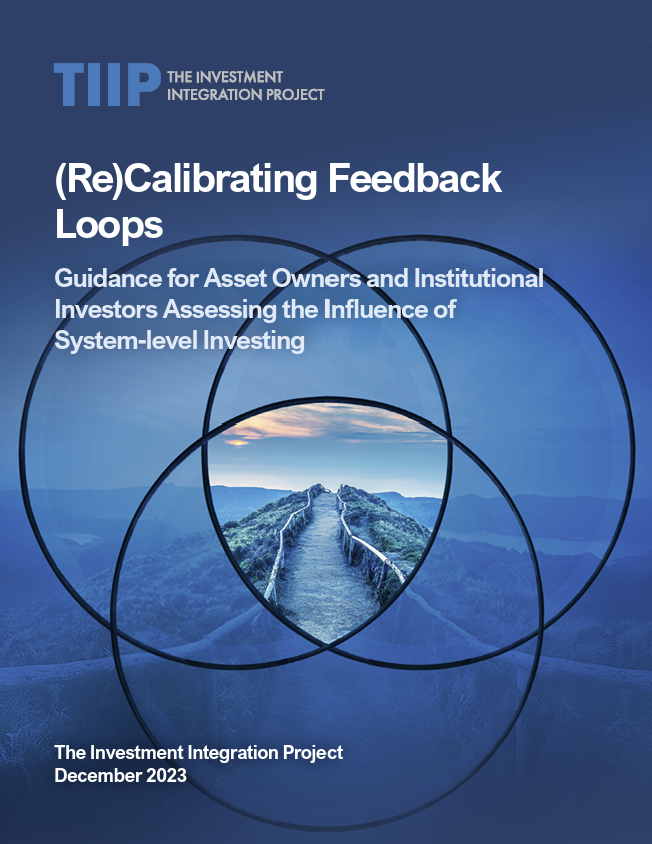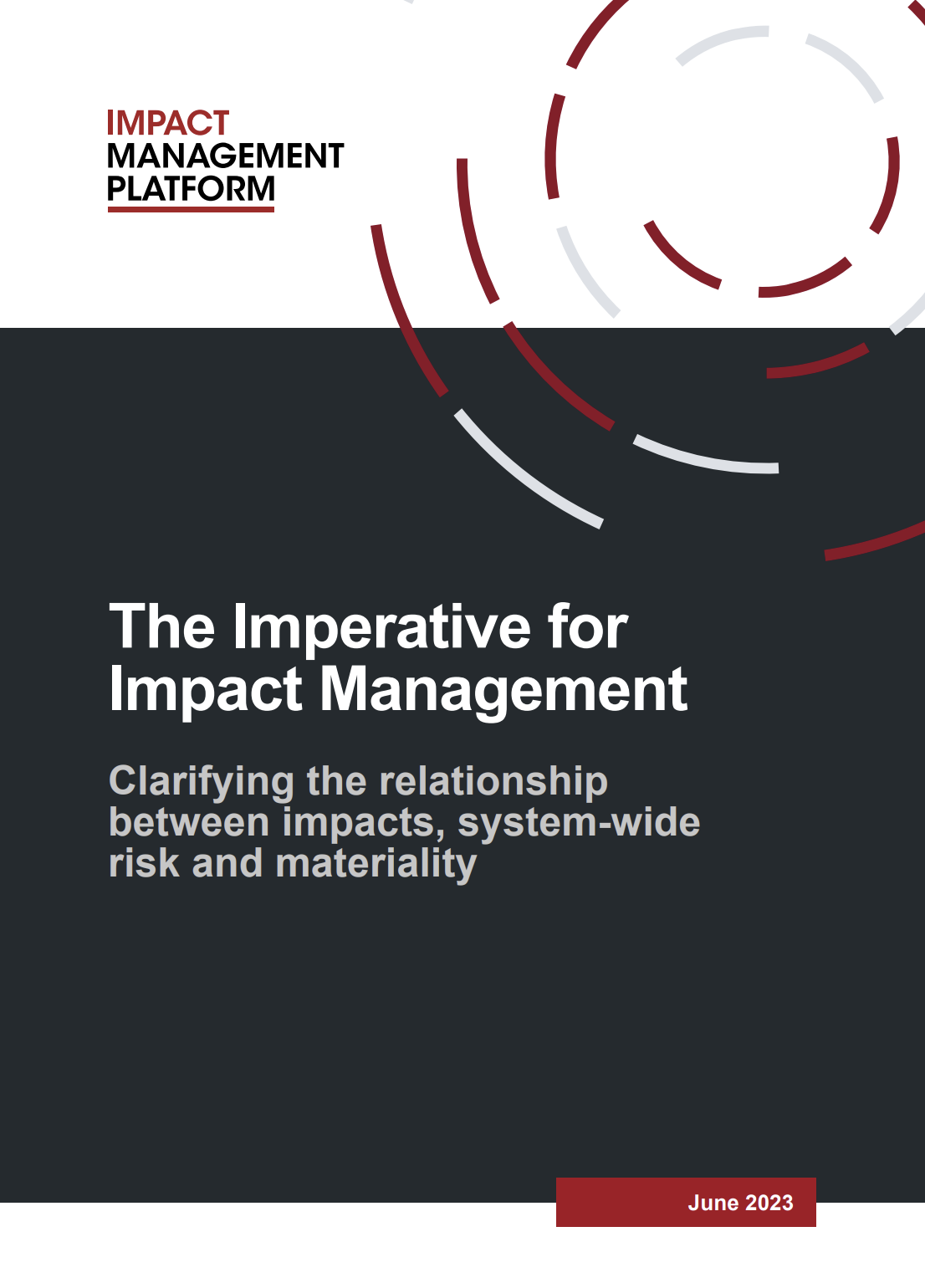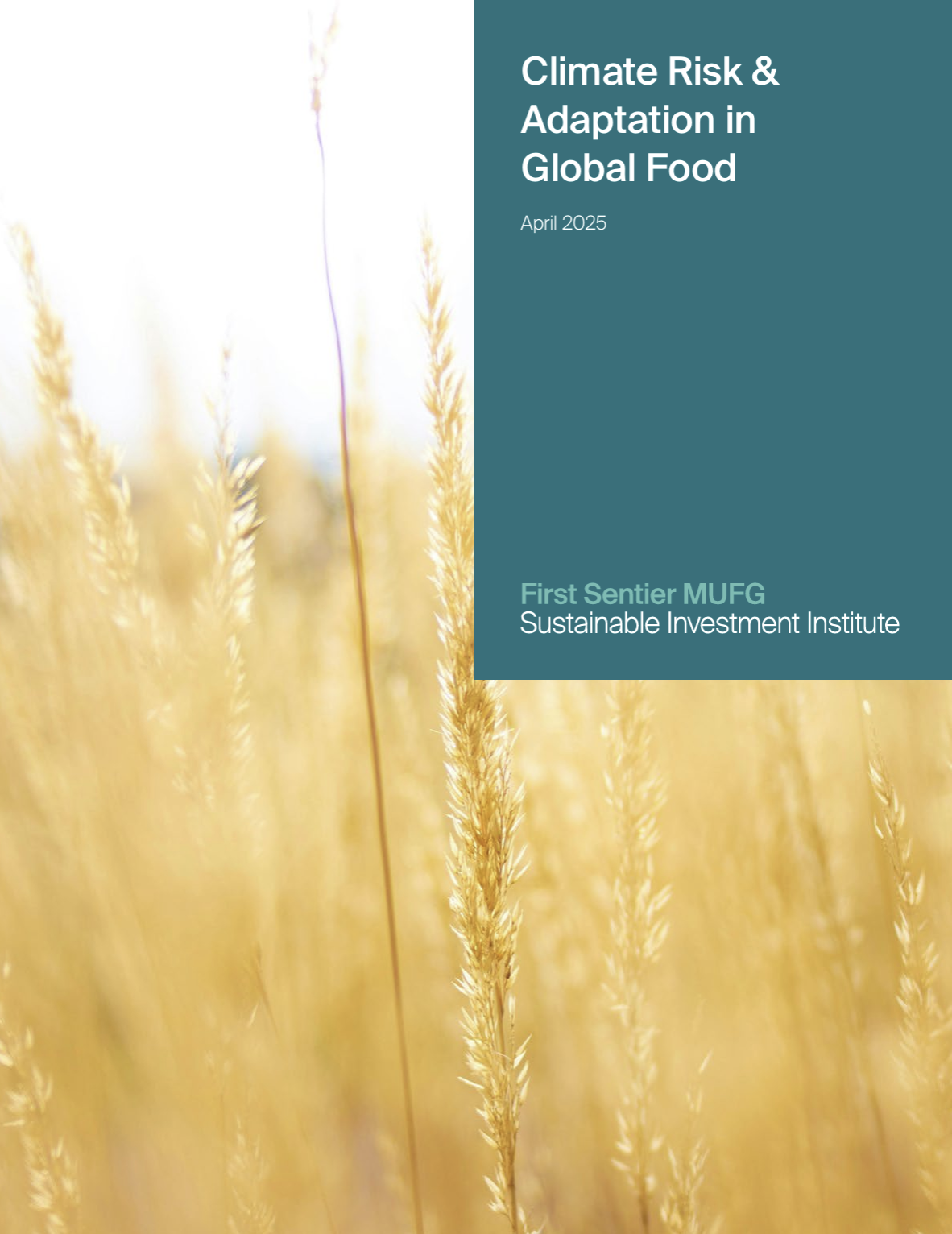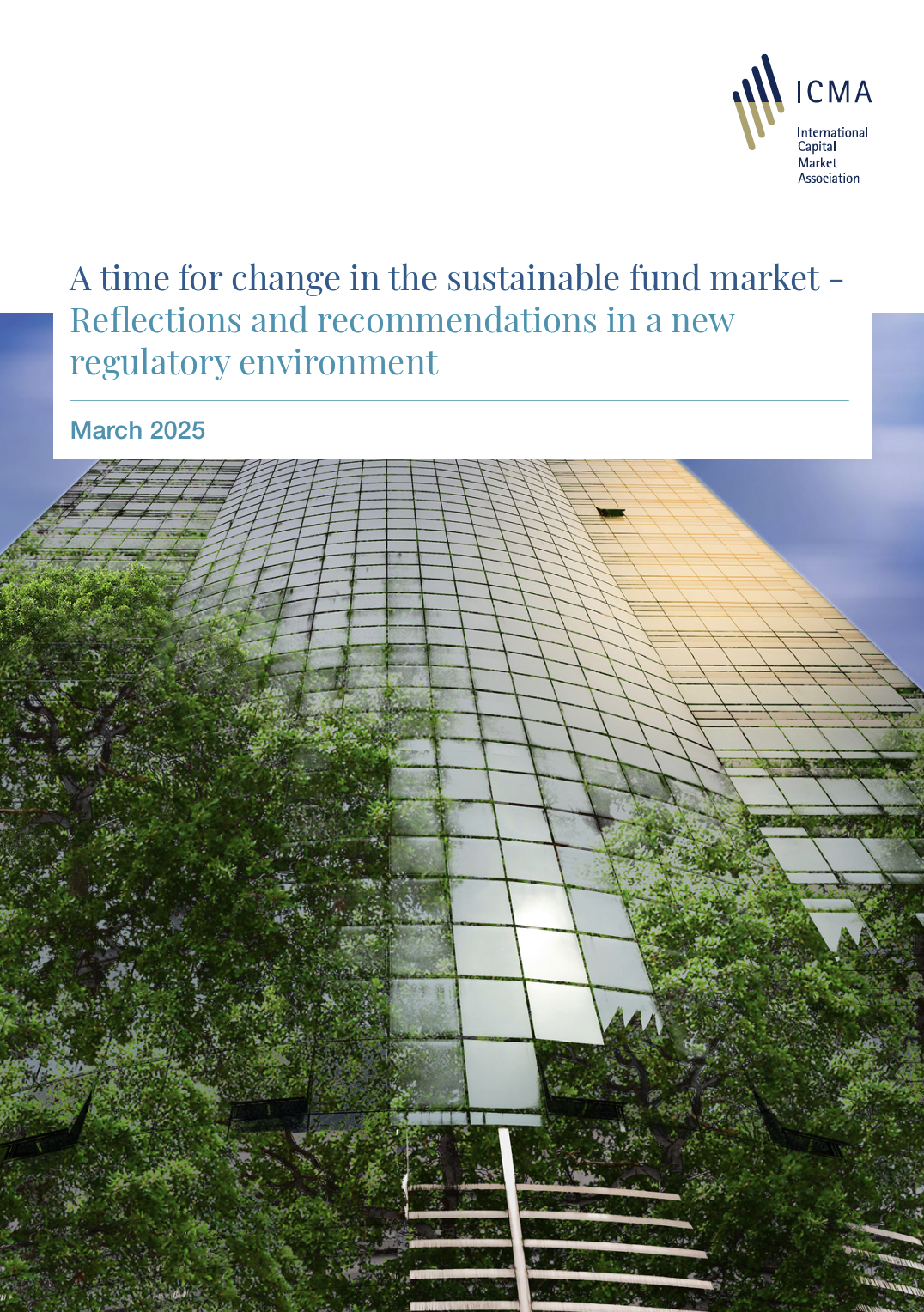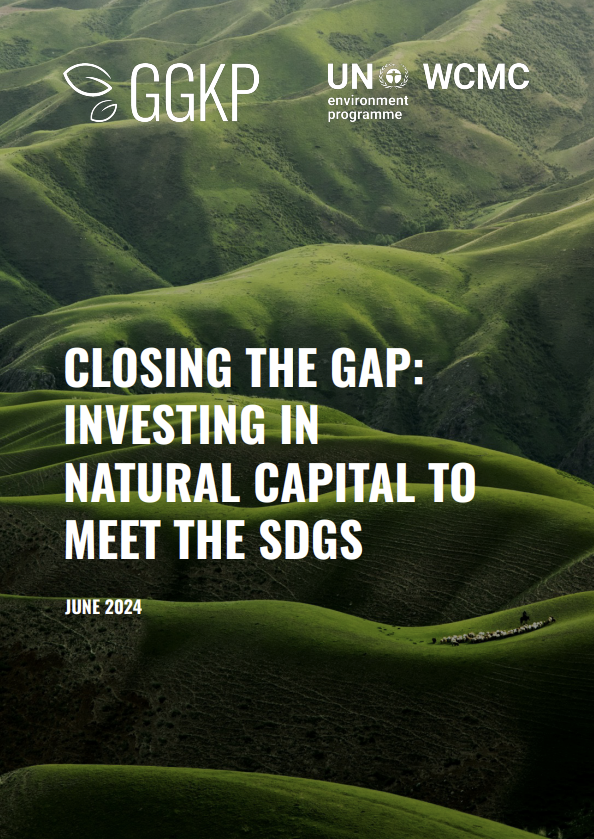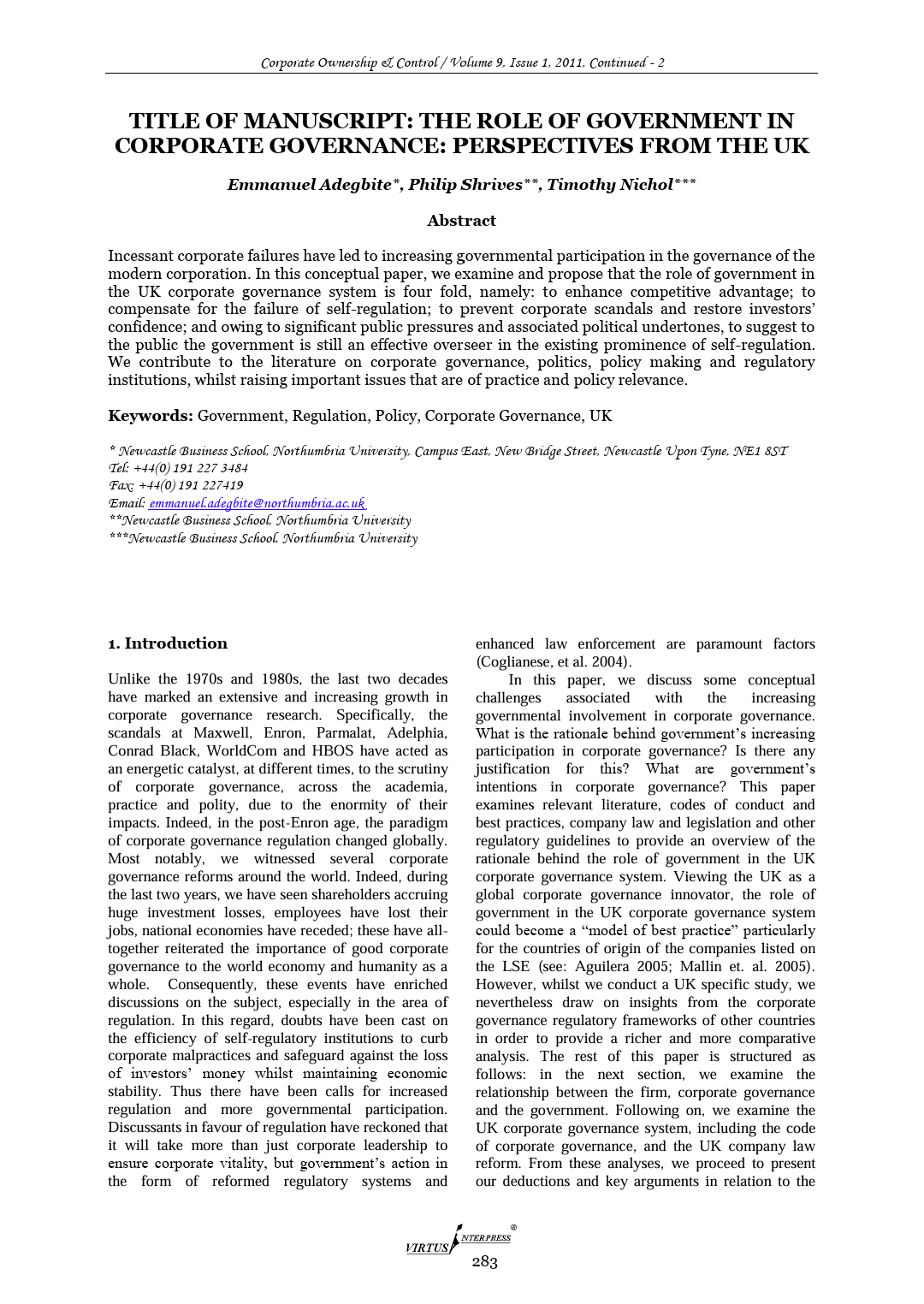Library | Location
France
Refine
115 results
REFINE
SHOW: 16


Corporate nature targets: Ensuring the credibility of EU-regulated commitments
This report analyses EU corporate nature-target setting under the Corporate Sustainability Reporting Directive and European Sustainability Reporting Standards. It recommends aligning targets with Science Based Targets for Nature (SBTN) to enhance credibility, comparability, and ensure alignment with ecological thresholds, fostering transparency across corporate value chains and EU environmental objectives.
The value of NGO activism
NGO campaigns alleging environmental and social “E&S-washing” lead to negative stock and media responses, especially on financially material issues. Firms reduce direct emissions following climate-related allegations—often shifting them to supply chains. NGOs also prompt investor engagement, suggesting a monitoring role despite unintended consequences such as increased indirect emissions.
Impact economies tractions and trends: Insights from 34 GSG National Partners
This report presents insights from 34 national ecosystems advancing impact investing. It highlights trends in policy, capital mobilisation, and transparency, showing governments and institutions integrating social and environmental outcomes into investment strategies. It tracks growth in green finance, outcome-based funding, and investment readiness across emerging and developed economies.
Navigating portfolio exposure to conflict-affected and high-risk areas: Practical guidance for investor engagement with companies
This report offers practical guidance for investors engaging companies on managing conflict-affected and high-risk area (CAHRA) exposure. It highlights legal obligations, best practices in heightened human rights due diligence, and governance strategies, drawn from pilot dialogues with tech and renewable energy firms. Recommendations target risk mitigation aligned with global standards.
The saliency-materiality nexus: Addressing systemic risks to people and portfolios in a turbulent world
This report introduces the saliency-materiality nexus, a framework linking severe human rights harms to financially material risks in conflict-affected areas. It highlights case studies totalling over $85 billion in losses and offers guidance for investors on due diligence, portfolio risk management, and alignment with legal and ethical responsibilities.
Human rights due diligence for private markets investors: A technical guide
This guide outlines how private markets investors can integrate human rights due diligence into investment processes, aligned with the UN Guiding Principles. It covers policy commitments, risk assessment, stakeholder engagement, and remedy provision to address human rights impacts, mitigate risk, and meet evolving legal and societal expectations.
Recalibrating feedback loops: Guidance for asset owners and institutional investors assessing the influence of system-level investing
This report guides asset owners in assessing how their investments affect systemic environmental and social issues. It introduces a framework to align investment practices with system-level goals and improve financial system resilience. Case studies explore climate change, income inequality, and racial inequity to illustrate practical applications.
The imperative for impact management: Clarifying the relationship between impacts, system-wide risk and materiality
The report argues that managing environmental and social impacts is essential for sustainable financial performance. It connects impacts to both entity-specific and system-wide risks, urging enterprises, investors, and policymakers to adopt a unified, evidence-based impact management approach aligned with global sustainability goals and evolving disclosure standards.
Climate risk and adaptation in global food
The report outlines rising climate risks to global food supply chains, projecting up to $38 trillion in damages by 2050. It explores mitigation and adaptation strategies across crops, livestock, and fisheries, and highlights investor actions to build resilience, support sustainable practices, and adapt to shifting market, environmental, and regulatory conditions.
A time for change in the sustainable fund market: Reflections and recommendations in a new regulatory environment
The report examines recent regulatory shifts in Europe and the UK affecting sustainable funds. It outlines rebranding impacts, highlights inconsistencies in fund categorisation, and stresses the need for broader sustainability definitions beyond the EU Taxonomy to avoid constraining investment opportunities and to better accommodate transition-related financial products.
Closing the gap: Investing in natural capital to meet the SDGs
The report analyses the investment required to address the natural capital gap for achieving Sustainable Development Goals in 40 countries, finding that investing US$7.4 trillion could generate returns exceeding US$152 trillion, greatly benefiting air quality, human health, ecosystems, and reducing premature deaths and resource depletion globally.
The role of government in corporate governance: Perspectives from the UK
The report examines the UK government's role in corporate governance, identifying four key functions: enhancing competitive advantage, compensating for self-regulation failures, preventing corporate scandals, and reassuring the public of its oversight. It evaluates regulatory frameworks, corporate failures, and policy developments, highlighting implications for governance, politics, and economic stability.
The race against time for smarter development: To be smart, the digital revolution will need to be inclusive
The report underscores the need for inclusivity in the digital revolution, highlighting gender disparities in STEM fields. Women are underrepresented in digital and engineering roles, limiting their access to future job opportunities. Policy interventions, improved workplace conditions, and equitable funding are essential to fostering diversity in technological innovation and ensuring sustainable, inclusive development.
CDSB framework: Application guidance for biodiversity-related disclosures
The CDSB Framework application guidance for biodiversity-related disclosures (the Biodiversity Application Guidance) has been produced by CDSB to assist companies in the disclosure of the material information about the risks and opportunities that biodiversity presents to an organisation’s strategy, financial performance and condition within the mainstream report (biodiversity-related financial disclosure). It is designed to supplement the CDSB Framework for reporting environmental and climate change information to investors (CDSB Framework).
The climate-nature nexus: An investor guide to expanding from climate to nature-data
This guide helps investors identify opportunities at the climate-nature nexus, emphasising integrated approaches to reduce risks and enhance returns. It provides tools, case studies, and frameworks to align portfolios with climate and biodiversity goals, fostering sustainable and resilient investments.
Natural capital and organizations strategies: An overview of available tools
This guide outlines a variety of tools and methodologies designed to help companies integrate natural capital considerations into their business decision-making processes. It provides detailed descriptions of different tools, case studies, and practical examples, enabling businesses to assess their environmental impacts, dependencies, and opportunities. The guide aims to promote sustainable business practices by highlighting the importance of valuing natural capital.
